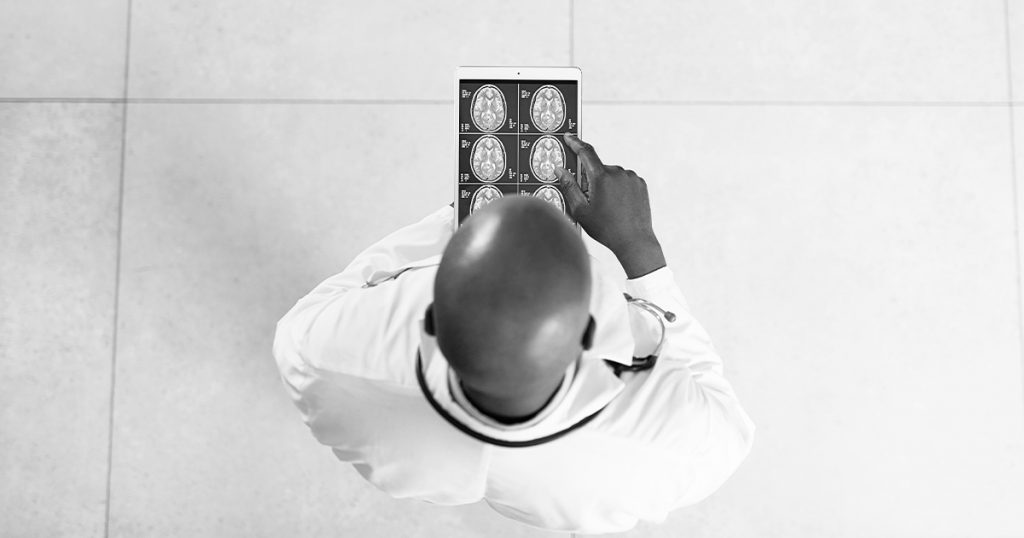IBM Watson Health, the healthcare arm of technology consultancy IBM, has launched the latest version of IBM iConnect Access, the company’s diagnostic and medical image exchange platform.
Having recently partnered with digital services firm Ricoh USA, IBM has integrated the basis of a future 3D printing feature into its updated platform. Specifically, IBM iConnect Access users will soon be able to 3D print lifelike anatomical models using patient medical imaging data directly from the platform itself.
According to the partners, the jointly-developed end-to-end feature is ultimately intended to make 3D printing technology more accessible to the healthcare sector, all while simplifying the process of generating 3D printed anatomical models.

The value in 3D printed anatomical models
In healthcare, additive manufacturing is seeing increased use in everything from anatomical models to medical implants and surgical guides. Many medical centers and hospitals even have their own in-house 3D printing facilities.
The anatomical models, in particular, are made even more valuable when combined with 3D scanning and X-ray technologies, as they can provide a far more accessible and individualized alternative to cadavers. By 3D printing these models and studying cases with a tangible, lifelike tool, surgeons can better prepare for upcoming invasive surgeries, increasing treatment success rates and saving lives.
IBM iConnect Access
Launched in 2008, IBM iConnect Access is an entirely web-based platform designed to enable healthcare providers to aggregate, access, and exchange medical imaging data for their patients. Accessible anytime from an internet browser, the software is intended to streamline collaboration between doctors, extended care teams, and even third-party enterprise teams.
“Today’s healthcare providers are handling more clinical data, from more devices, across a growing number of care settings, for larger populations,” explains Alok Gupta, General Manager at IBM Watson Health Imaging.
The latest version of the platform comes complete with several new FDA 510(k)-cleared features. This includes the new optional 3D segmentation tool, which enables healthcare providers to more easily generate digital 3D anatomical models using patient medical imaging data. 3D models can also be fine-tuned using complementary editing tools such as freehand sculpt, polygon sculpt, the 3D eraser, hole-filling, and smoothing.
IBM and Ricoh intend to further develop this feature in the near future, whereby healthcare providers will be able to 3D print anatomical models directly from the platform itself.
IBM iConnect Access now also allows users to conference folders for teaching purposes, generate PDF files for Key Object Selection (KO) and SR Document (SR) modalities, pre-configure email addresses, and email view-only studies. The universal image viewer has also been enhanced with greater functionality for CT and MRI scans.
Gupta adds, “IBM iConnect Access was developed as an interoperable, scalable platform designed to not only enable better management of and more access to clinical data, but to also serve as a robust foundation for new clinical and operational decision-making tools. The latest release of the platform exemplifies this vision.”

Medical 3D modeling software
Seeing as anatomical modeling is one of the more established applications of 3D printing in healthcare, there are already a number of purpose-built software products in the market space. Realize Medical, a VR company specializing in medical 3D modeling, has previously partnered with peripheral manufacturer Logitech to provide a VR-based platform for drawing and editing 3D medical models. The models can also be exported as raw 3D files, meaning they can be 3D printed or digitally visualized in third party software programs.
Elsewhere, 3D printing software developer Materialise recently upgraded its Mimics Enlight medical 3D planning software with additional cardiovascular visualization functionality. Specifically, Materialise customers can plan out complex left atrial appendage occlusion (LAAO) procedures in Enlight’s 3D environment, mitigating surgical risk.
Subscribe to the 3D Printing Industry newsletter for the latest news in additive manufacturing. You can also stay connected by following us on Twitter and liking us on Facebook.
Looking for a career in additive manufacturing? Visit 3D Printing Jobs for a selection of roles in the industry.
Featured image shows a doctor sharing patient medical data using iConnect Access. Photo via IBM.



